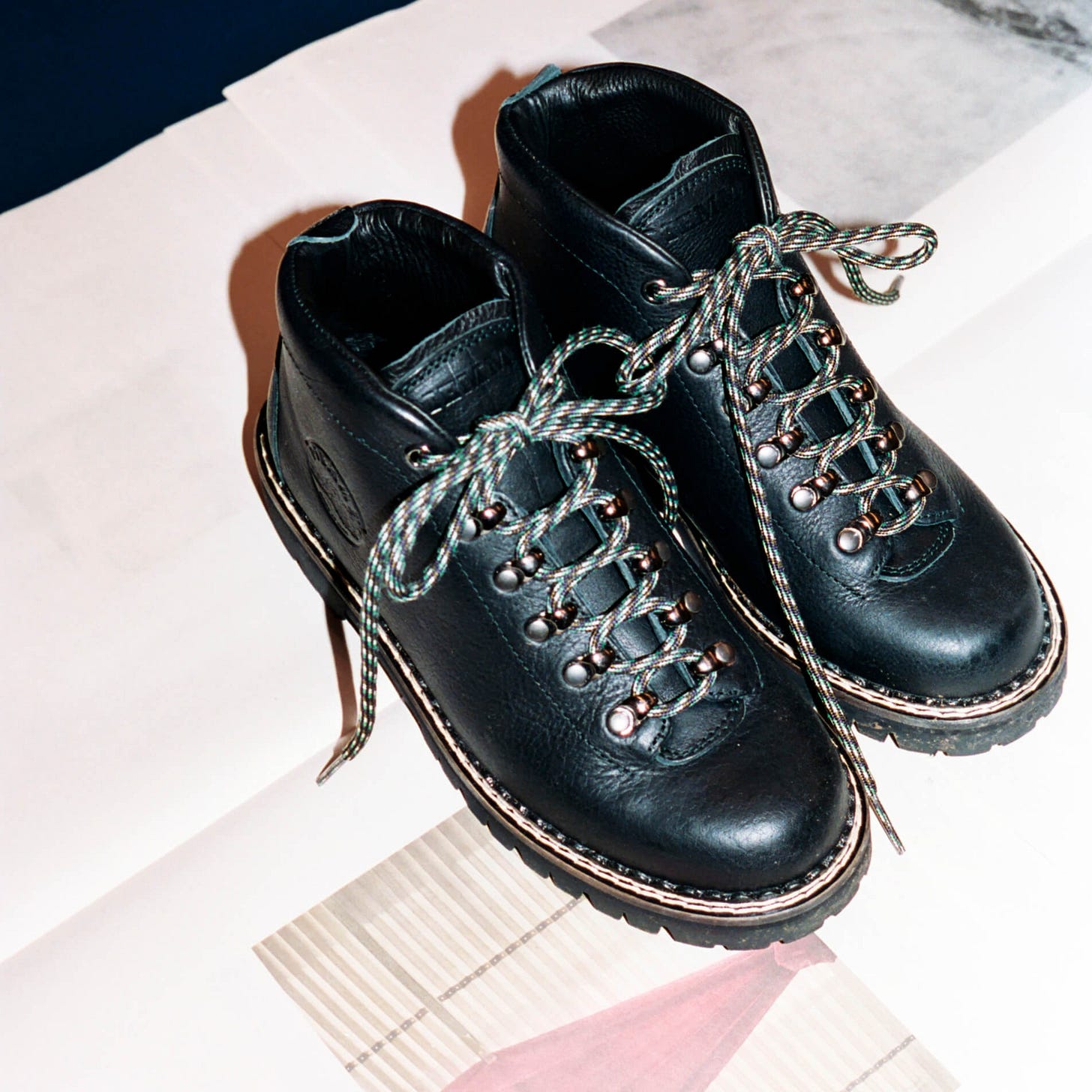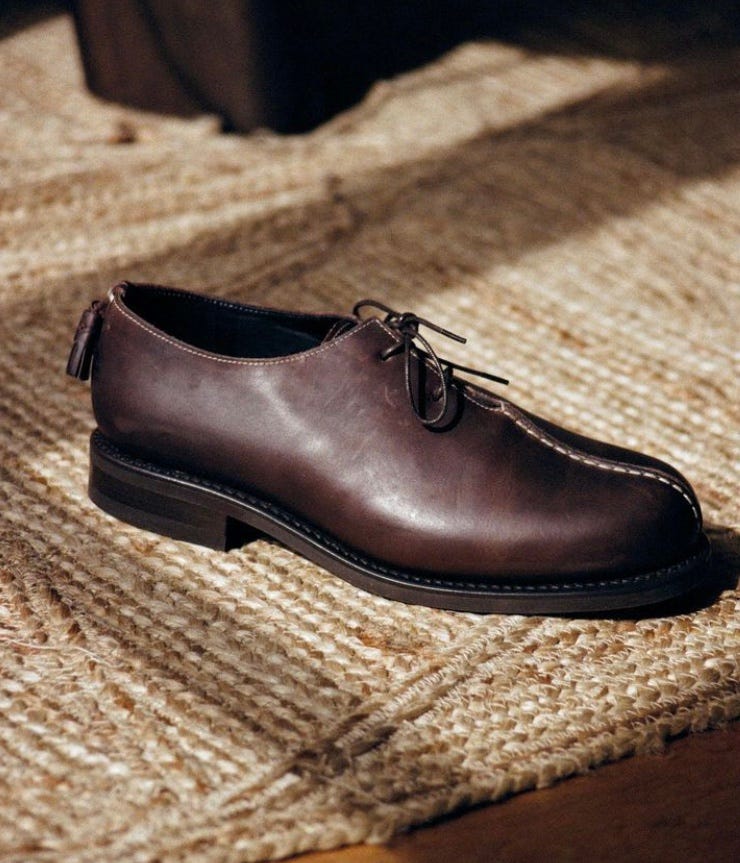PRESENT FOREVER is the new go-to source for discovering independent clothing brands, makers and stores from across the globe. Follow us on IG here and here
This is the first part of a new, ongoing series exploring the past, present and future of clothing and accessories from the Tyrolean Alps
“Menswear runs for the hills,” wrote Louis Cheslaw in his recent monthly column for Magasin. Looking at the fabrics — corduroy, felt, boiled wool — and imagery — goats, hillsides, wheelbarrows — of their AW24 collections, it’s clear that some of today’s most exciting new brands, from Rier to Unkruid, and from Conkers to Bergfabel, are having a '“Tyrolean moment.” Louis and I chatted over the phone to discuss where this moment comes from and what it is about. Much like Gorp, we reasoned, it has something to do with appreciating the utilitarian value of clothes. It’s the realization that you can wear clothes not for the sake of the clothes, but for that of what you’re doing when you’re wearing them. Unlike Gorp — or techwear for that matter — it’s not about optimizing for high-performance, competition-driven activities (whether you’re actually pursuing these or not). Rather, it’s simply about what has proven to work best, and be most comfortable, when you’re walking, gardening, fixing a leak, or doing daily chores in and around the house.
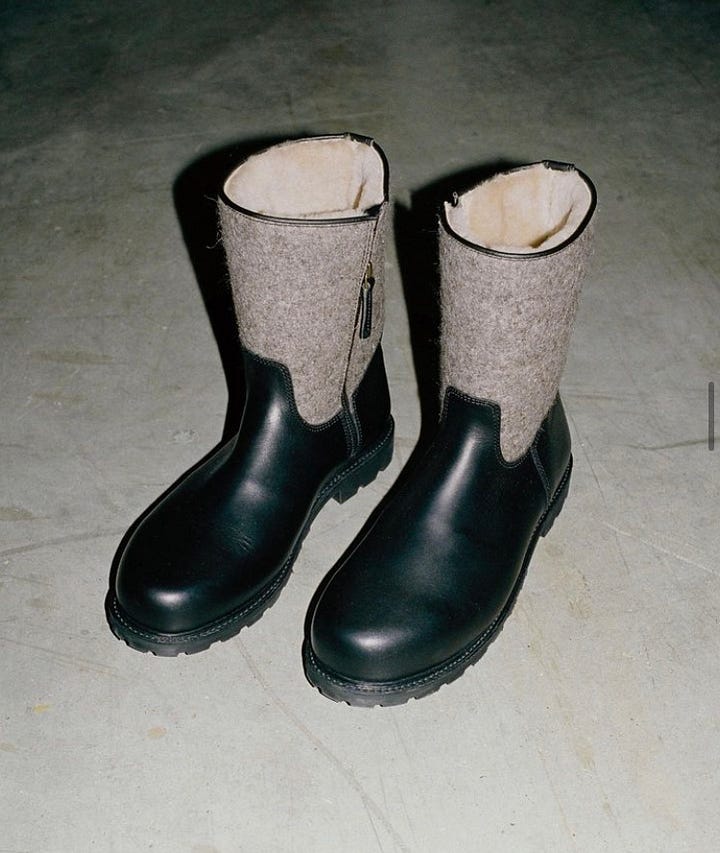
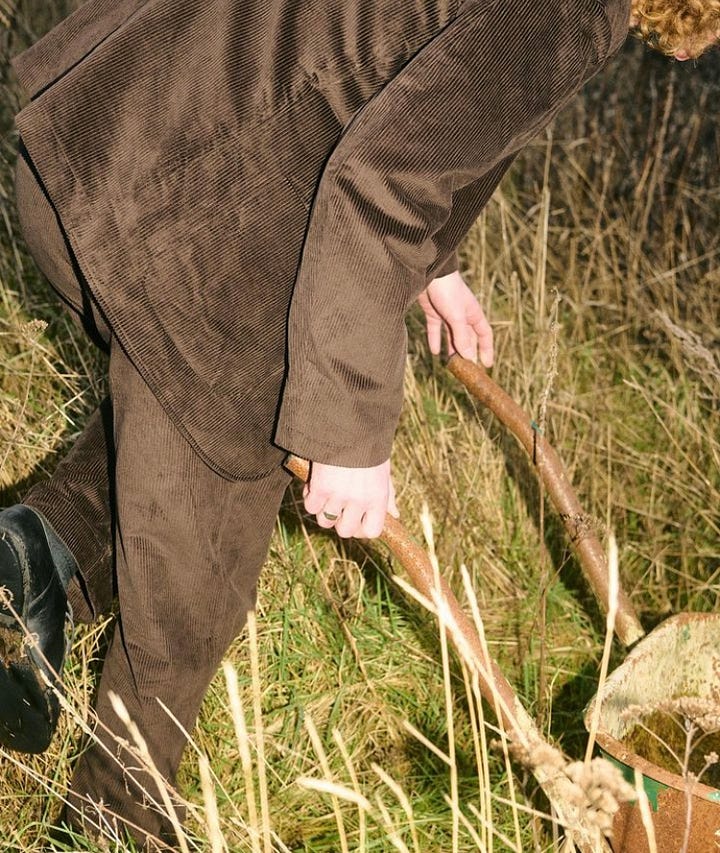

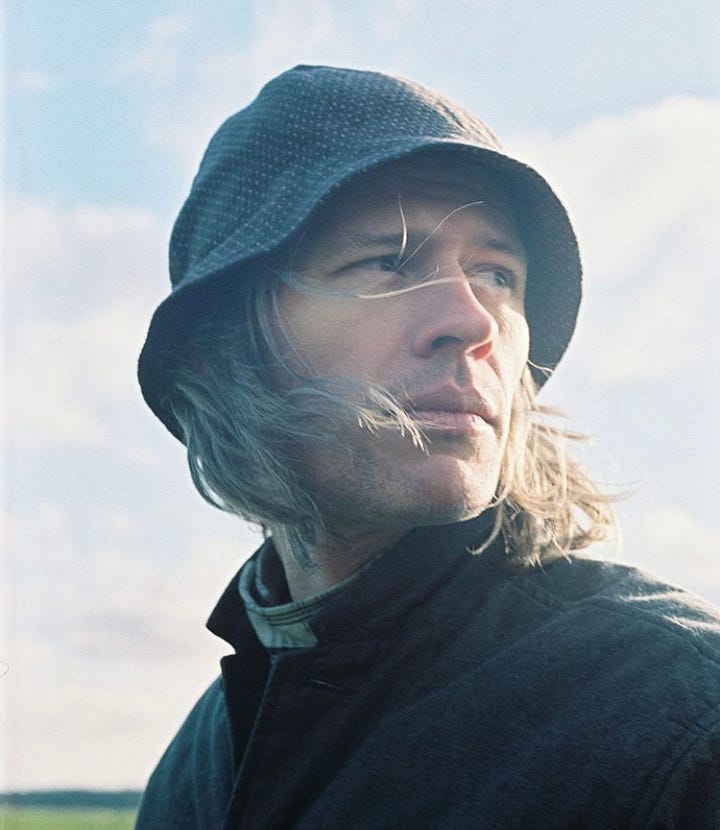
There’s perhaps something nostalgic about the “Tyrolean moment” — and a very specific kind of nostalgia at that: a longing for a slower life you didn’t live, for a simpler world that’s no longer ours. It’s possible to experience this feeling, say, when you find your father’s favorite jacket from when he was your age, or when he passes his old-but-still-good gardening clogs on to you as some sort of heirloom. Something similar can happen when you stumble upon a vintage piece, say a French cordoroy coat from the 1950s-60s, and can almost see and touch the many lives it has already had, knowing you’re about to add another life to it soon.
In his column, Louis kindly quoted me as saying that those currently involved in the Austrian hillside aesthetic “aren’t future minded,” but “looking the other way.” I should have chosen my words more carefully. The opposition, I think, is not between those who are, and those who aren’t, future-minded about utilitarian clothes. What matters is the kind of future they’re thinking of, the sort of futuring they’re doing. Let me explain…
FASHION FUTURES
Every once in a while — every year, really — fashion journalists, theorists and influencers discuss what the future of fashion looks like. They will either go about modestly, identifying upcoming trends and designers, or go full-out and do the impossible by trying to predict the future. Some will take a different, more critical path, asking whether the fashion we know still has a future at all. And yet others, with historical awareness bordering on fatalism, will say that fashion’s future lies in the past: everything has already been tried before, and there’s no hope for radical novelty anyway.
Despite their differences, they all share a similar, problematic notion of the future. They write about it as if it’s a thing out there, a realm of which we only know that it is unknowable to us, and that it emerges from but is also independent from the present. This is problematic mostly because it treats the future as something passive, as a singular noun. As such, it neglects the lively and changing relations between presents and futures — or, that is, between presenting and futuring as verbs. Think of the fact that everyone and everything in the here and now acts upon a certain (implicit or explicit) notion of what is to come. It makes a huge difference, for instance, whether a fashion company acts as if the future will be more or less like the present or whether the present will be disrupted in the near or distant future. This difference is that between one or the other way of presenting a certain future. Or think of the fact that it’s possible to change the present by imagining a future that is more or less radically at odds with or critical of it. The kind of space for action this creates is part of a process of futuring the present.
It’s fun, of course, to try to predict the future. But the way in which it’s done today is not just pretty hierarchical — with some experts being more in the know about the unknowable — but also rather reductive about the future as such. It’s more fruitful to acknowledge, first, that neither the present nor the future is one thing and, second, that every present comes with its own future just as every imagined future comes with its own present.
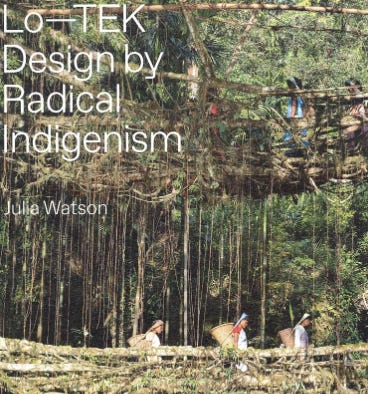
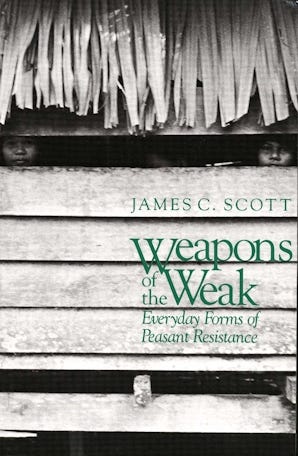
TYROL’S HISTORICAL FUTURES
Long story short: in my chat with Louis I should not have said that those into the “Tyrolean moment” are looking to the past rather than to the future. Instead, I should have insisted that they are imagining and realizing a historical future: a kind of future that draws on the past to deal with the shadow cast over the present by the times to come. This needn’t be nostalgic or escapist. As Oliver Warner, founder of Conkers, put it: it’s about not wanting to “dominate the landscape” but to want to “play and rest in it”. One of his favorite books is Julia Watson’s Lo-TEK: Design by Radical Indigenism, which shows the promise of millennia-old approaches to modern problems. It fits one of my own personal favorites: James Scott’s Weapons of the Weak, where the author breaks with grand narratives of revolutions as the go-to strategy for creating a brighter-lighter future, highlighting daily, subtle forms of resistance.
So, on to the big question: what is this Tyrolean thing all about? Let’s start with some facts. Tyrol is a historical region in the Alps of Northern Italy and western Austria. After WWI it was separated into a northern and southern part: North and East Tyrol were assigned to the Republic of Austria, and South Tyrol became part of Italy, which it still is today. The region’s traditional costume consists of flower-print dirndls — full-skirted dresses with close-fitting bodices — for women, and lederhosen, leather breeches and felt hats for men. However, any Tyrolean, wrote Jill Knight Weinberger in a 1997 piece for the Los Angeles Times, “will tell you that authentic Trachten [“dress/garb”] vary from region to region and even from village to village.” Moreover, many tradition-minded inhabitants feel that dirndls, for example, cannot be purchased in a shop: a bona fide one is to be made by hand at home.

The Tyrolean Alps are home to some of the finest textile and clothing manufacturers, including the internationally known Geiger, Steinbock and Giesswein, founded respectively in 1906, 1938 and 1954. (One of my ambitions for this ongoing series is to tell more about these and other, lesser-known companies — which is work-in-progress.) Most of these family-run businesses started by producing traditional textiles, such as loden and boiled wool, and adopted Trachten designs to create high-quality, instantly recognizable dresses, skirts, sweaters and coats.


A material like loden is a story all in itself (more about that soon too!). Made from 100% virgin mountain-sheep wool, it’s processed in up to 40 steps — one of which is called “fulling,” where the wet fabric is kneaded until it becomes matted. This way a natural fabric turns into a functional — breathable, water-repellent — material. For centuries, the traditionally green loden existed as the rough fabric of the peasantry. Around the 19th century the aristocracy discovered that it made good hunting garb, and since then it has underwent technical refinement and become “fashionable.” The Original Tiroler Loden AG factory in Innsbruck’s Altstadt (old city) was founded in 1796. It supplied fabric to Hermes, Armani and Chanel, but ceased production in 2022. Loden comes in different versions, of which the heaviest grade of cloth is called Himalayan. The name is a piece of clever marketing: in the 1960s Geiger supplied several Himalaya expeditions with clothing, showing that their products were “just as functional on top of the world as in the office.”
One of the obvious benefits of Tyrolean clothes is that they often come from companies that manufacture their high-end fabrics in-house. For an outsider, it may feel fraudulent to wear the region’s traditional garb in Tirol and foolish to wear it back home. But that’s to neglect the contemporary designs they created in the second half of the 20th century, from coats to vests and knitwear. Another benefit, in this regard, is that these are available second-hand for a fraction of the price that present-day brands using their fabrics tend to ask. Look at the items below and ask yourself: how would these look hanging on the racks at Colbo, Nitty Gritty or Neighbour? They’re from the past, yes. But they’re also strangely futuristic…
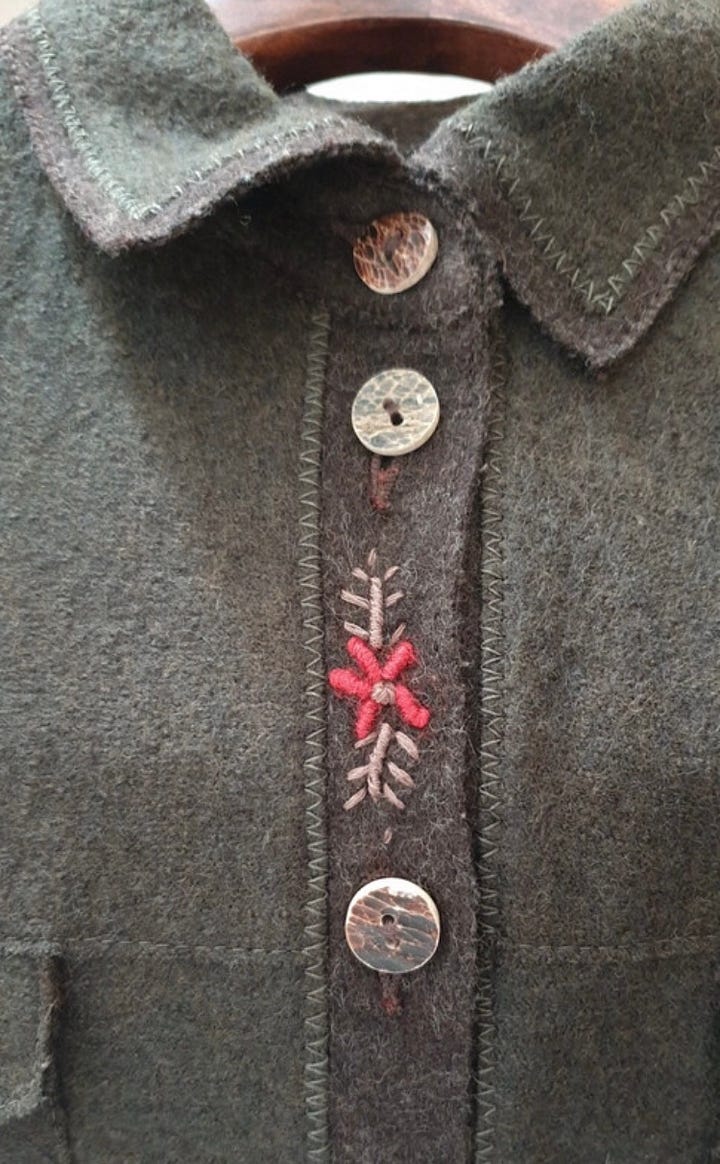
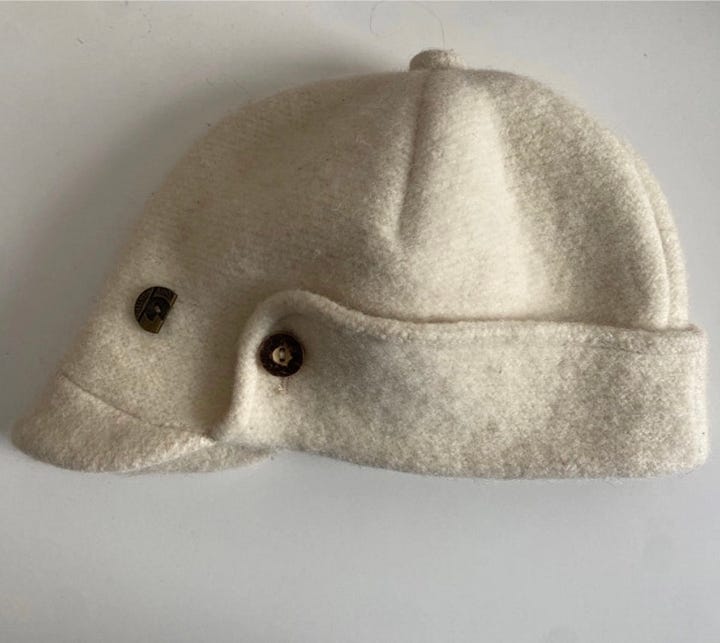
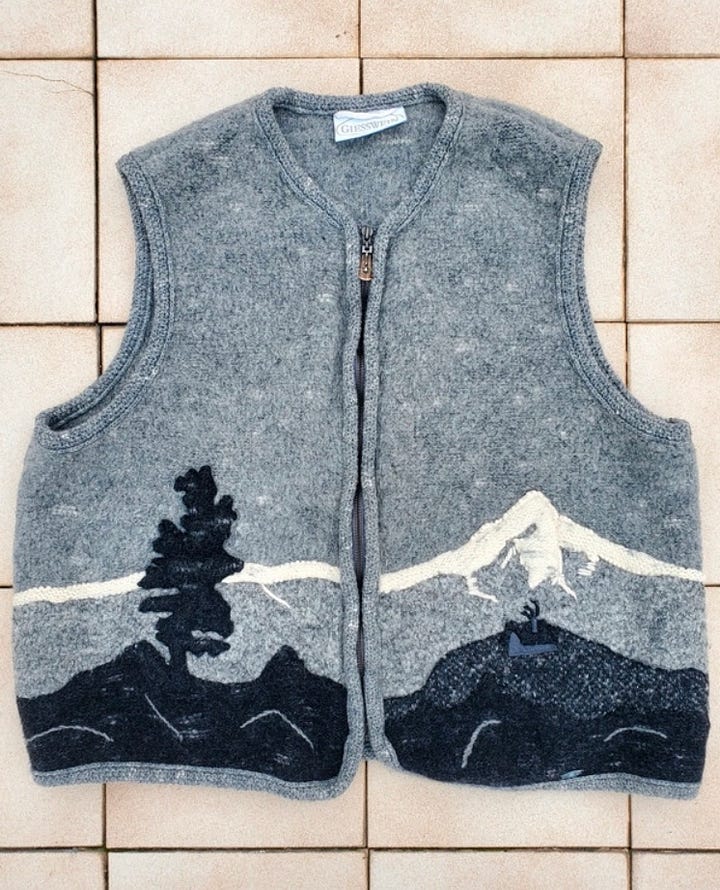
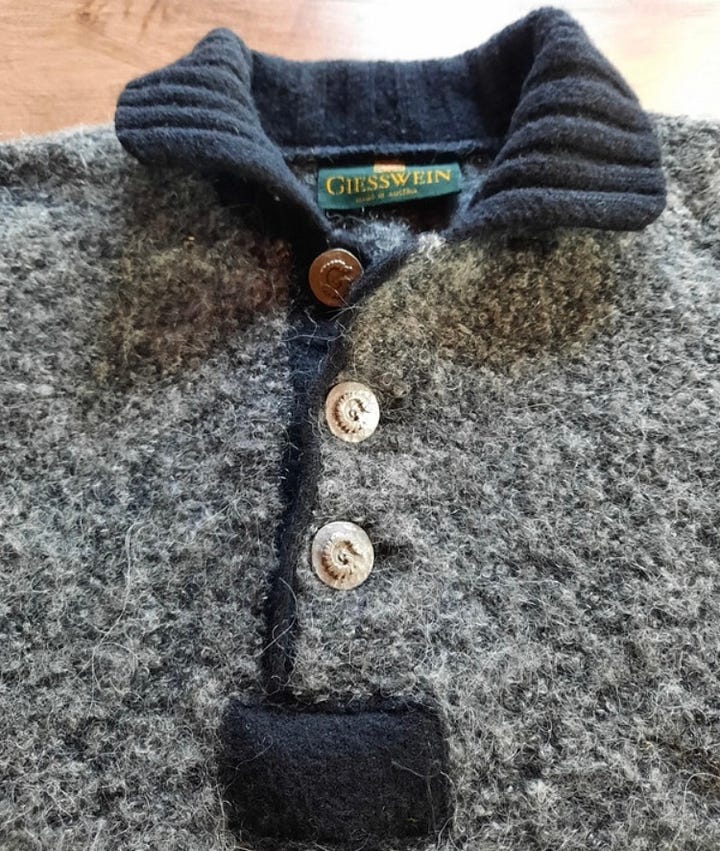
THE HAFERL-SHOE
The Alps aren’t just about clothes, however. Here, I want to have a brief look at Tyrolean (and Tyrol-inspired) footwear, more specifically at one of its most iconic designs: the “Haferlschuh.” We’ll have to expand our geography at bit, as the shoe traces back to the Allgäu region of the Bavarian Alps, located in Southern Germany and marking the border with the Tyrol-part of Austria. A work shoe for alpine terrain — mostly done in heavy goatskin leather, featuring a boat-like front, robust hobnailed sole, bright contrast seams and asymmetrical laces — legend has it that some 200 years ago an Alpine shoemaker found inspiration for it in goats’ hoofs. Since 1900 it’s part of practically any alpine Trachten, seen today at special occasions like Oktoberfest, but also worn more and more often as an everyday shoe.


Some of the most exciting contemporary shoe brands are clearly finding inspiration in Tyrolean heritage. One case in point: Diemme’s ‘Tirol Boot’. Diemme itself was founded in Montebelluna, located in the North-Italian Alps. Looking at the Haferlschuh specifically, there’s Jacques Soloviere’s (FR) “Edouard” in grained calf leather, featuring a lug sole with double stitched welt — and, my personal favorite, An Irrational Element’s (NL) “World Rover Shoe”. A hand-made lace-up shoe in Spanish calf leather, it features classic tassels on the back, center stitch construction, contrasted hand stitched detailing, welted construction, and Italian-made Vibram sole.


I asked An Irrational Element’s founder whether the “World Rover” was inspired by Tyrolean designs. “There are many interesting elements to [Tyrolean] culture and traditional dress,” he replied. While referencing the Haferl, its signature design feature is the center stitch construction: “I’ve always been a huge fan of this type of construction which you find in the footwear of many Asian and African cultures. It seemed interesting and fun to apply this ancient technique to a present-day shoe that is made to last a long, long time.”
Something ancient that’s future-proof. That’s a historical future right there!
Stay tuned for the second part of this new, ongoing series on the past, present and future of clothing and accessories from the Tyrolean Alps





